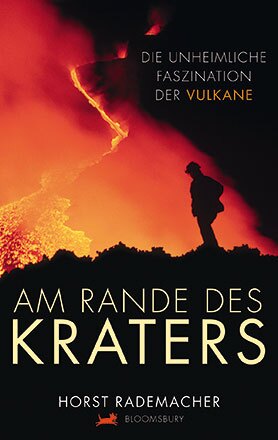Horst Rademacher
Am Rande des Kraters - Die unheimliche Faszination der Vulkane
[At the edge of the crater - The incredible fascination of volcanoes]

Bloomsbury Verlag
Berlin 2010
ISBN 978-3-8270-5346-6
192 Pages
Suitable for age 10 and above
Publisher’s contact details
This book was showcased during the special focus on Spanish: Argentina (2009 - 2011).

